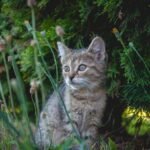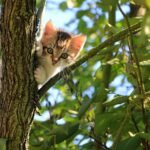Cats, with their enigmatic personalities and independent nature, have fascinated humans for centuries. While vocalizations such as purring or meowing are commonly understood expressions, a cat’s tail can also be a powerful tool of communication. Understanding the subtle movements and positions of a cat’s tail can provide deep insights into its emotional and physical state.
The Basic Anatomy of a Cat’s Tail
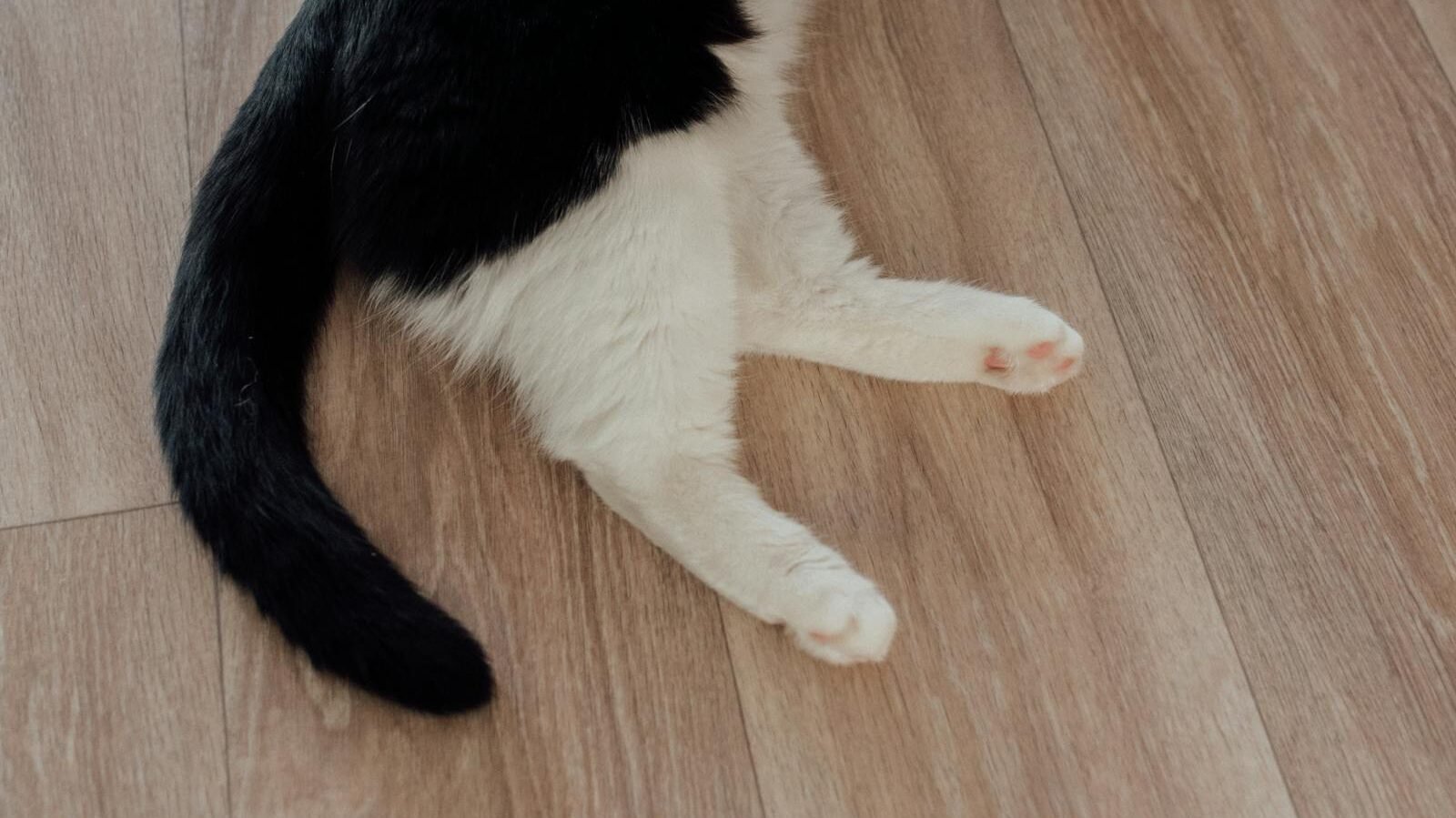
A cat’s tail is an extension of its spine, comprised of numerous vertebrae, muscles, and nerves. This structure allows for a wide range of motion and flexibility, enabling various tail positions and movements that convey different messages. Recognizing the nuances of tail language requires understanding the tail’s sensory importance and its use for balance.
Tail Up and Straight
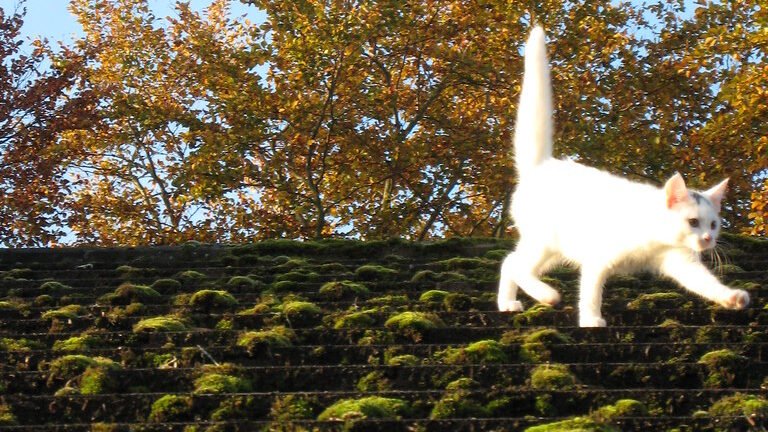
When a cat holds its tail straight up in the air, it usually signals approachability and confidence. This position often signifies a happy and welcoming mood, especially when accompanied by a relaxed gait and demeanor. A straight-up tail may also indicate a friendly greeting, inviting interaction or play.
Tail Up with a Curve
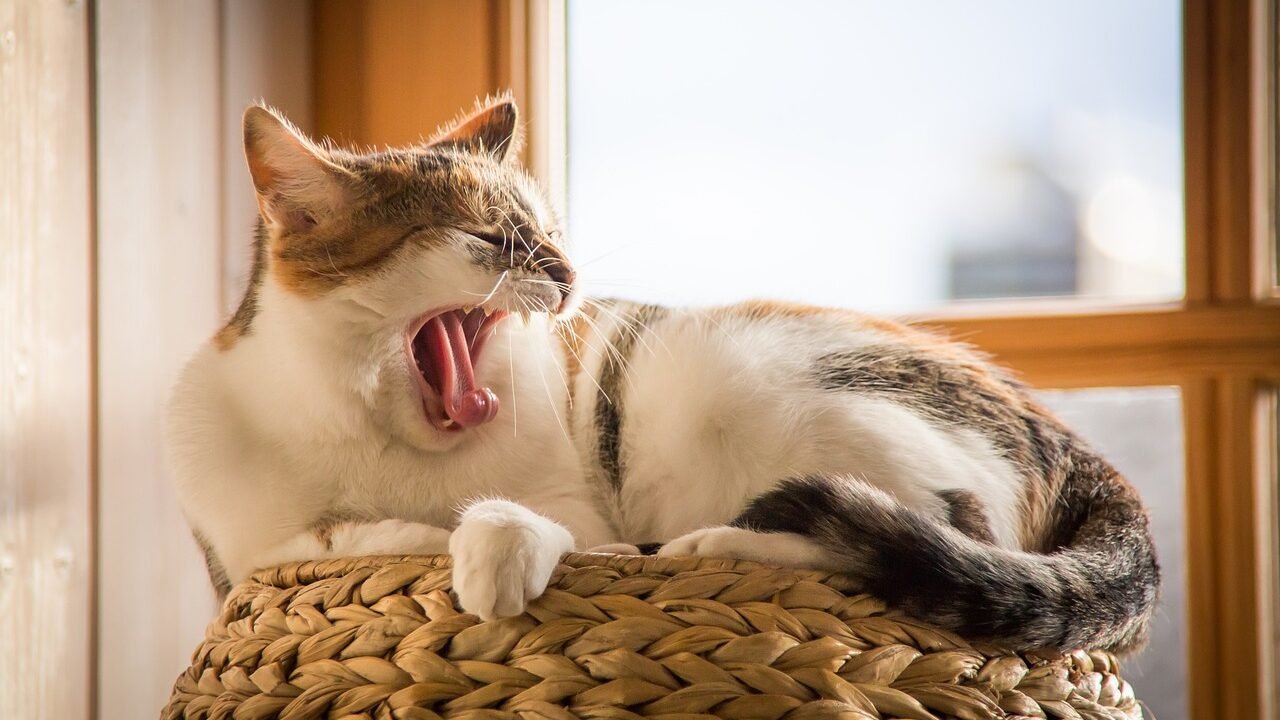
If you observe a slight curve at the tip of a cat’s otherwise upright tail, think of it as a feline smile. This tail position suggests that the cat is interested in its surroundings, approachable, and likely playful. However, it’s less confident than the fully upright position, indicating curiosity rather than full contentment.
Tail Tucked Underneath
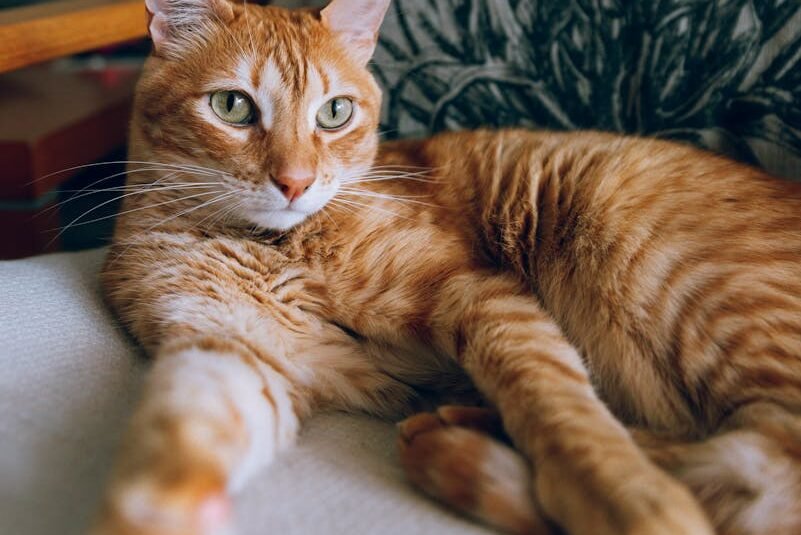
A tail that is tucked securely under the body can be an indication of fear, anxiety, or submission. This display may occur in a stressful environment or when the cat feels threatened. Providing a safe and comfortable space can help alleviate its stress and encourage more relaxed behavior.
Twitching Tail Tips
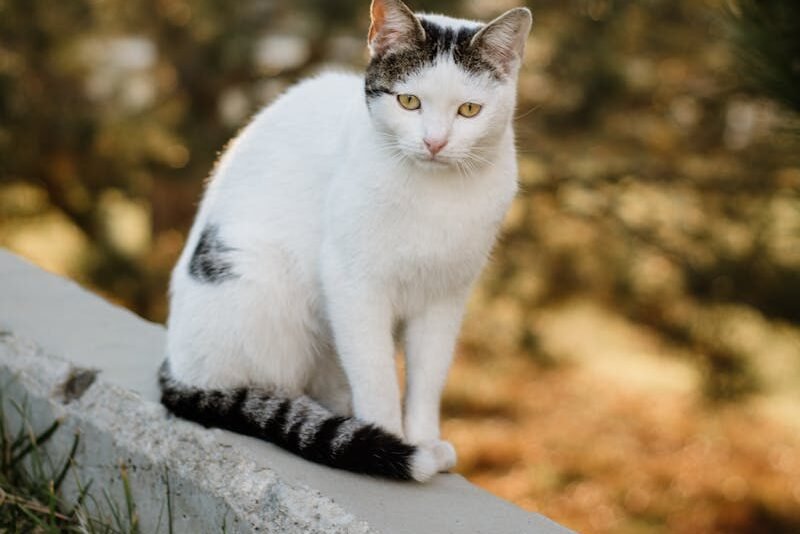
A tail with a constantly twitching tip usually signals annoyance or irritation. The source of frustration may range from an unwanted physical stimulus to an emotional discomfort. Observing this behavior silently, without imposing additional stressors, gives space for the cat to calm down on its terms.
Rapid Tail Movement: The “Swish”

A tail lashing back and forth is a strong sign that the cat is agitated or angry. Swishing can be seen during hunting, playing, or just before a pounce. It signifies high excitement but, in social settings, it can indicate brewing aggression. Being cautious when petting or approaching a cat with such behavior is prudent.
Puffed-Up Tail
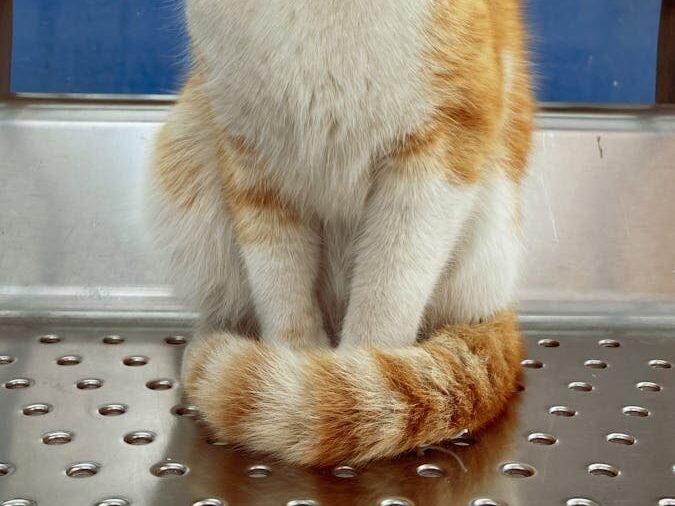
When a cat puffs its tail, making it appear bushy, it’s an instinctual response to fright or surprise. This defensive posture is designed to make the cat appear larger and more intimidating. It’s a clear sign that the cat feels threatened, and the best course of action is to give it space to calm down.
Tail Quivering or Vibrating
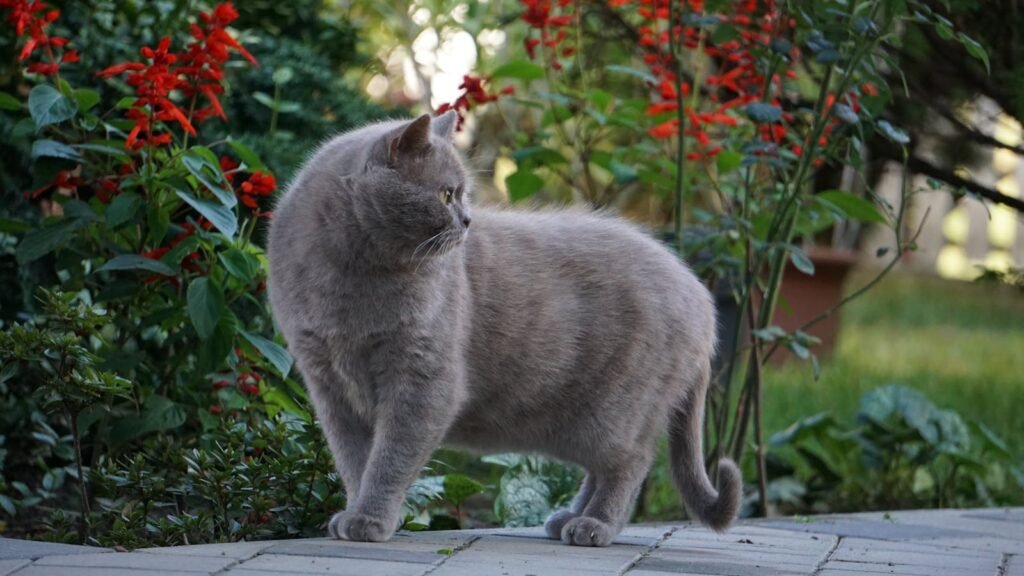
A vibrating or quivering tail, particularly when held upright, can be a sign of excitement or intense anticipation. This behavior often manifests when a cat greets its favorite human or is about to engage in a favored activity. Recognizing this wagging as a positive response can enhance your interaction with the feline.
Relaxed Tail

A tail in its natural, relaxed state indicates calmness and a non-threatening environment. It often compliments a contentment in the cat’s immediate surroundings, coupled with relaxed ears and eyes. Regular interactions with a relaxed-tailed cat signify trust and comfort in its relationship with you.
Conclusion: Tail Talk and Beyond
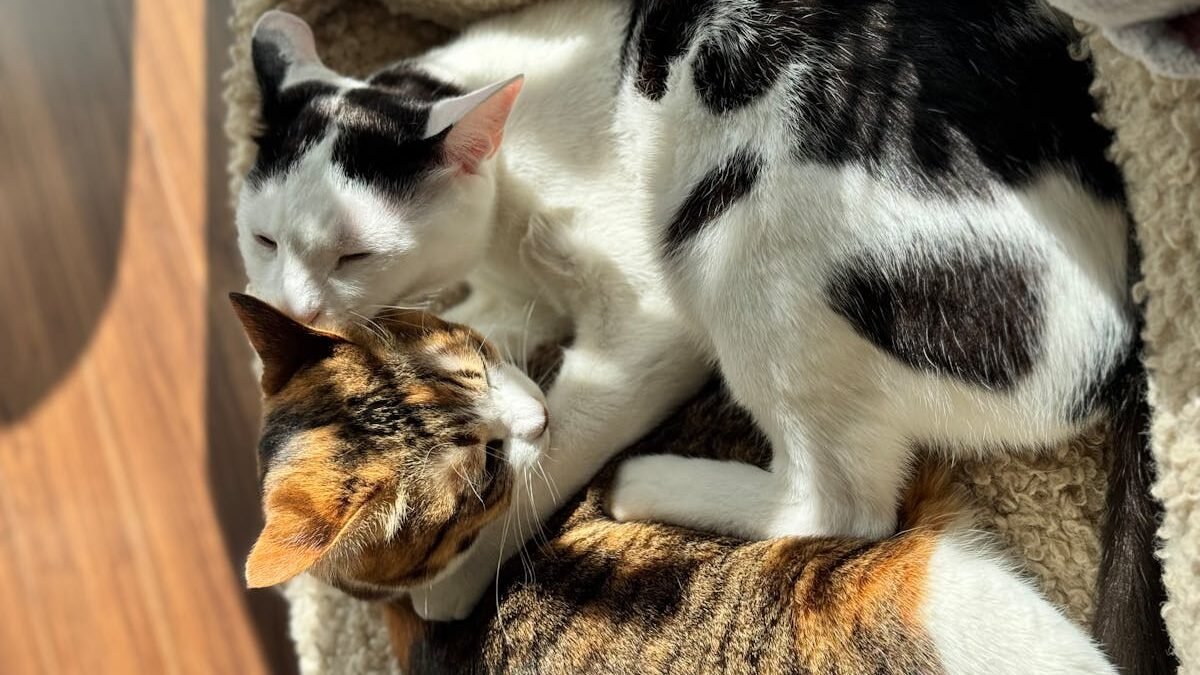
Understanding the hidden language of a cat’s tail offers valuable insights into their emotional well-being, helping create a more harmonious living environment. Observing and interpreting these non-verbal cues can significantly enhance your bond with your feline companion. Always remember that tail language is part of a broader spectrum of feline communication, including body posture, facial expressions, and vocalizations. Being attentive to these signals can deepen our appreciation and connection with these fascinating creatures.

With over a decade of experience as a dedicated cat lover and enthusiast, I specialize in writing captivating content about all things feline. My expertise shines through in creating engaging and informative pieces that resonate with fellow cat lovers. As a proud cat parent to my beloved Duston, my personal connection to the world of cats adds authenticity and warmth to my work, making it relatable and heartfelt.



